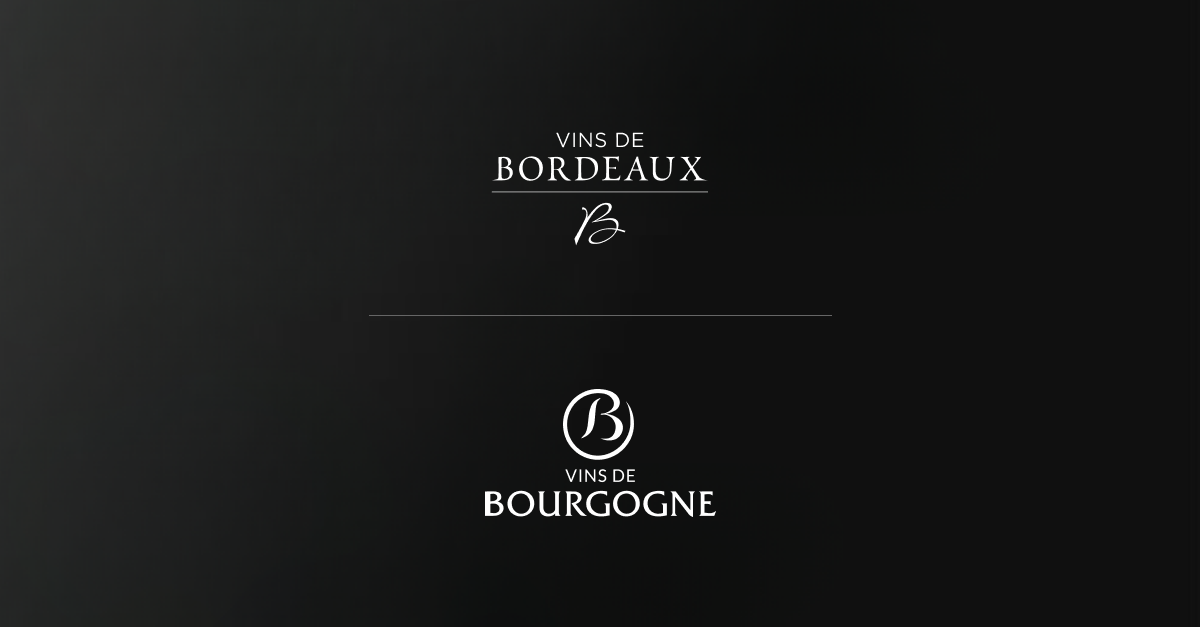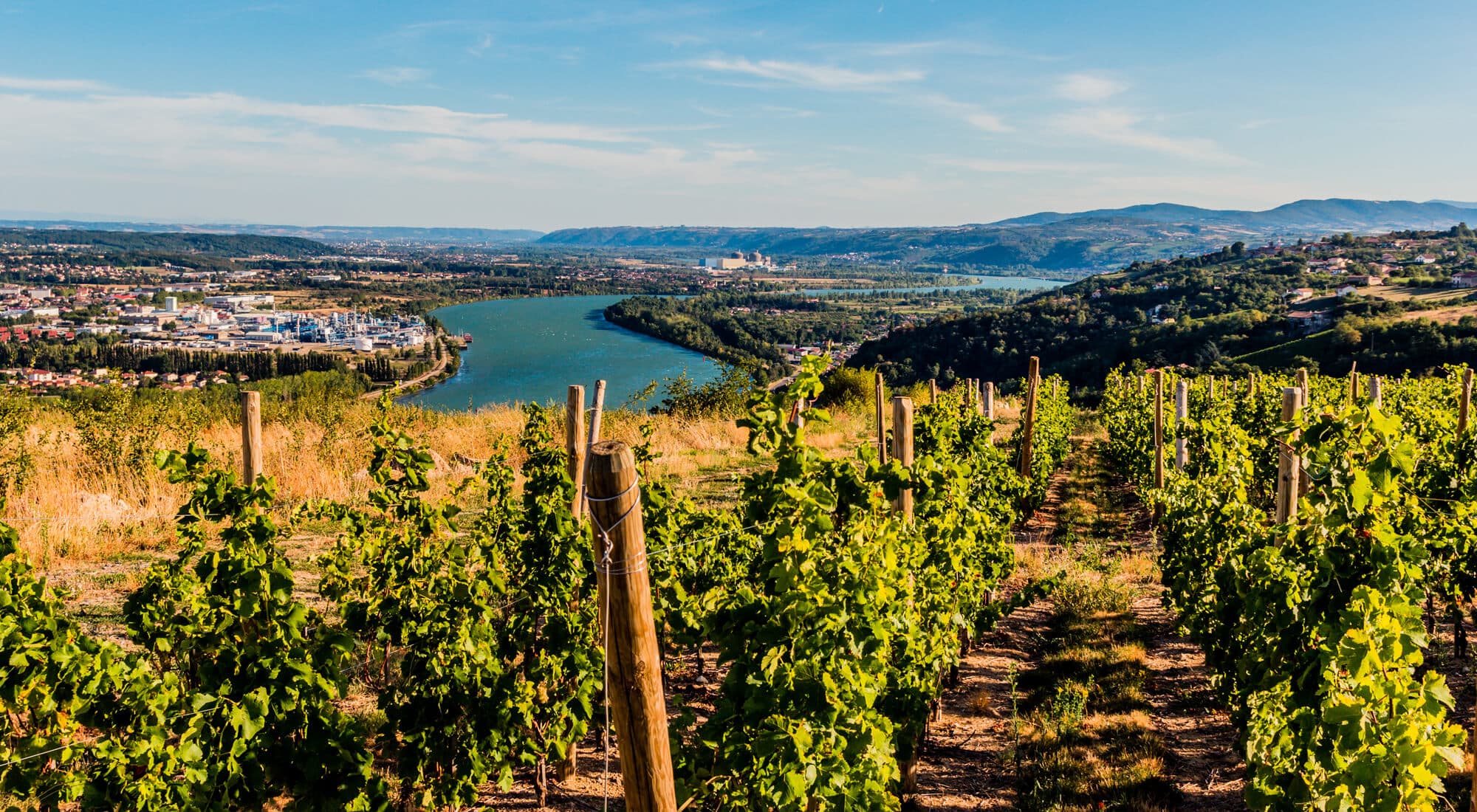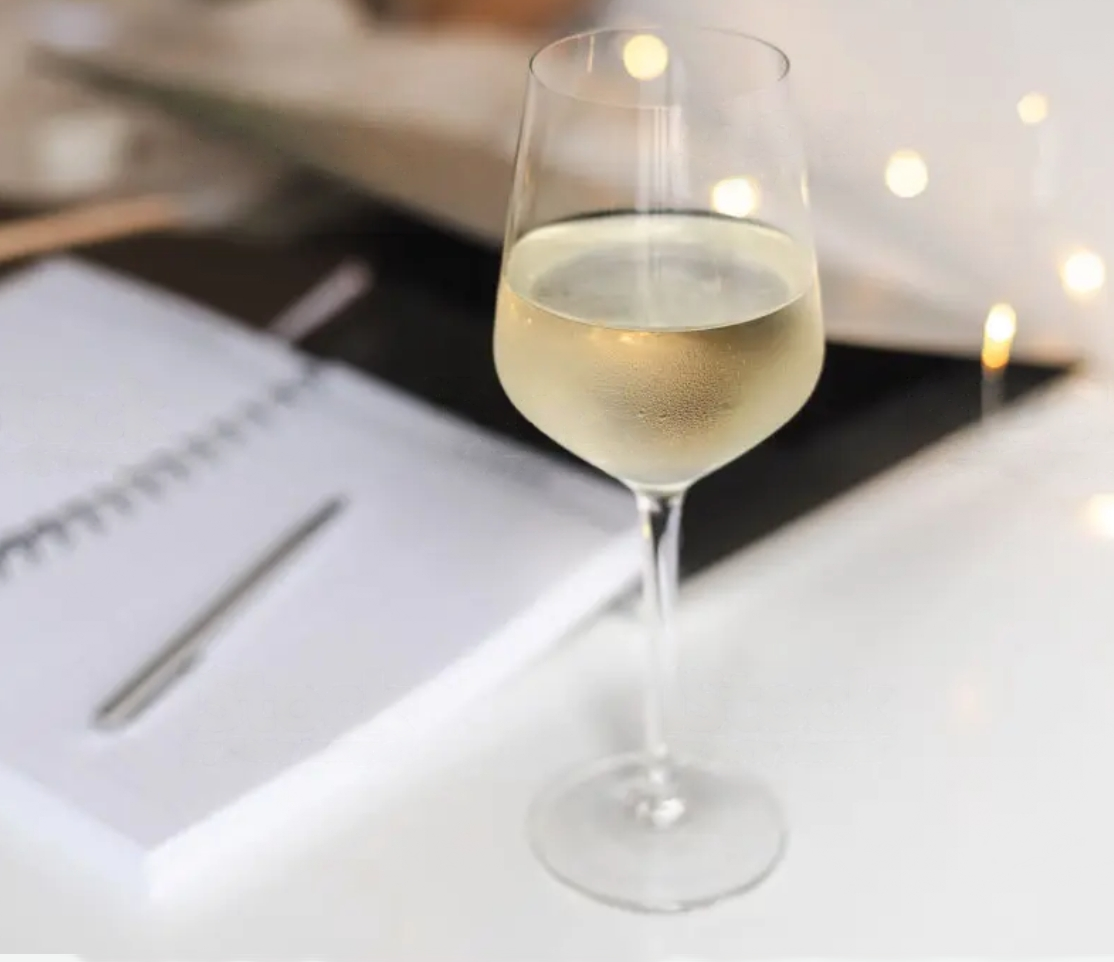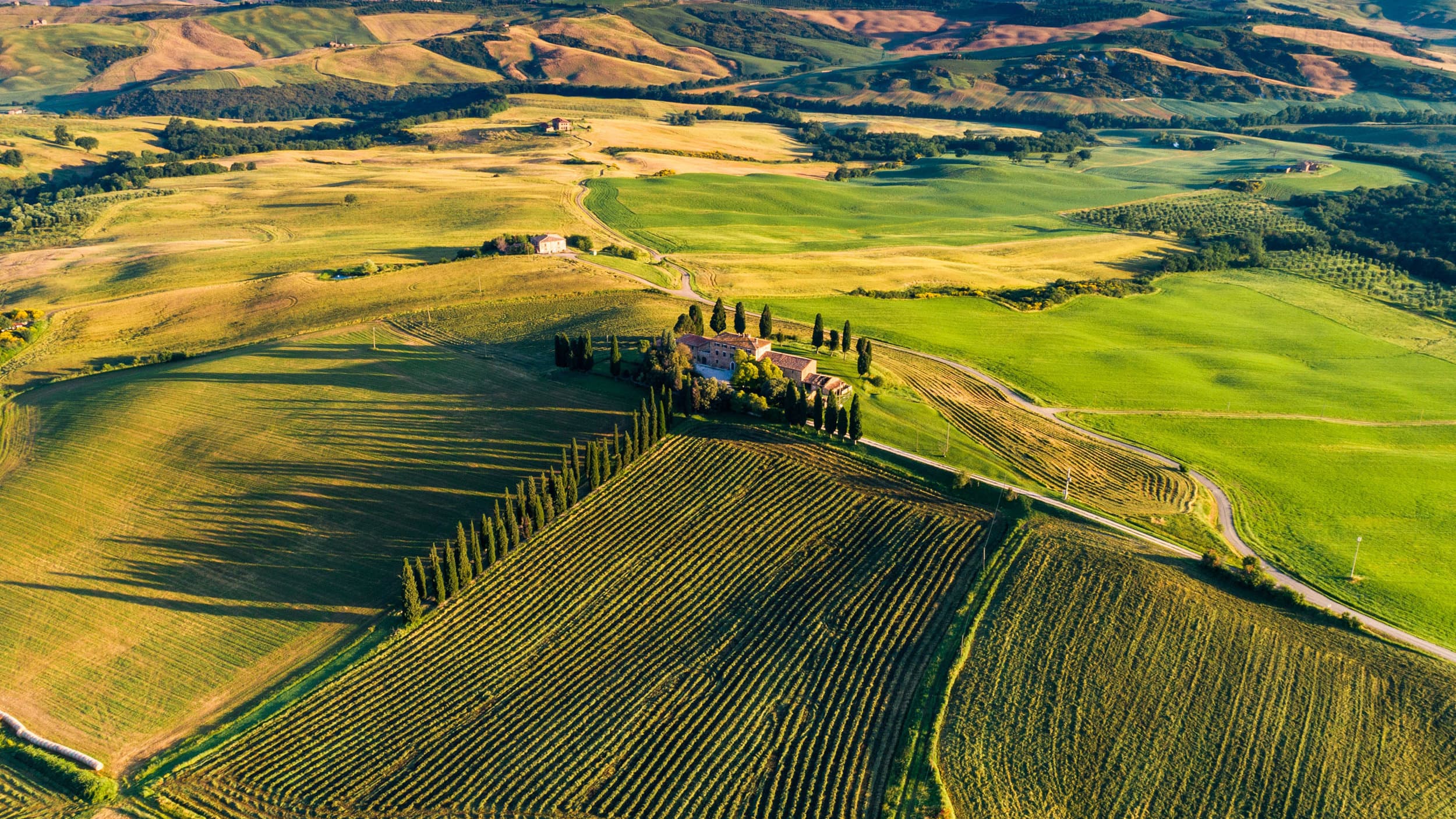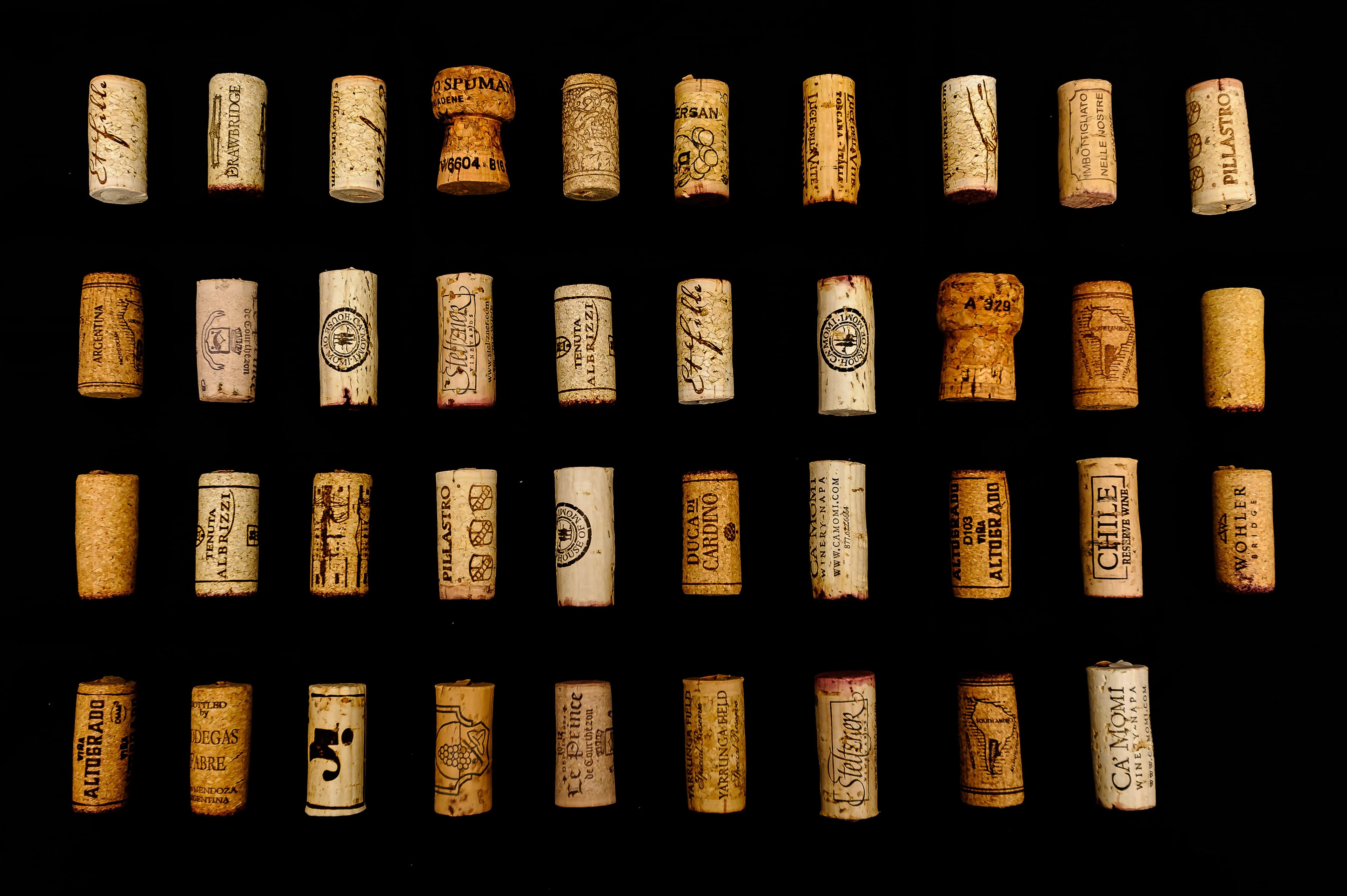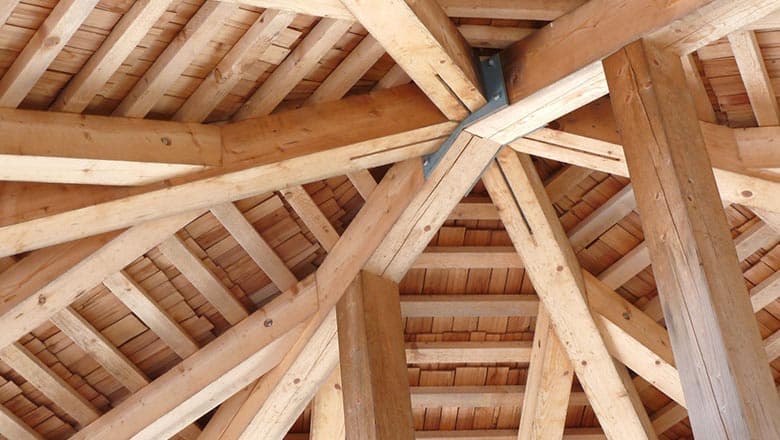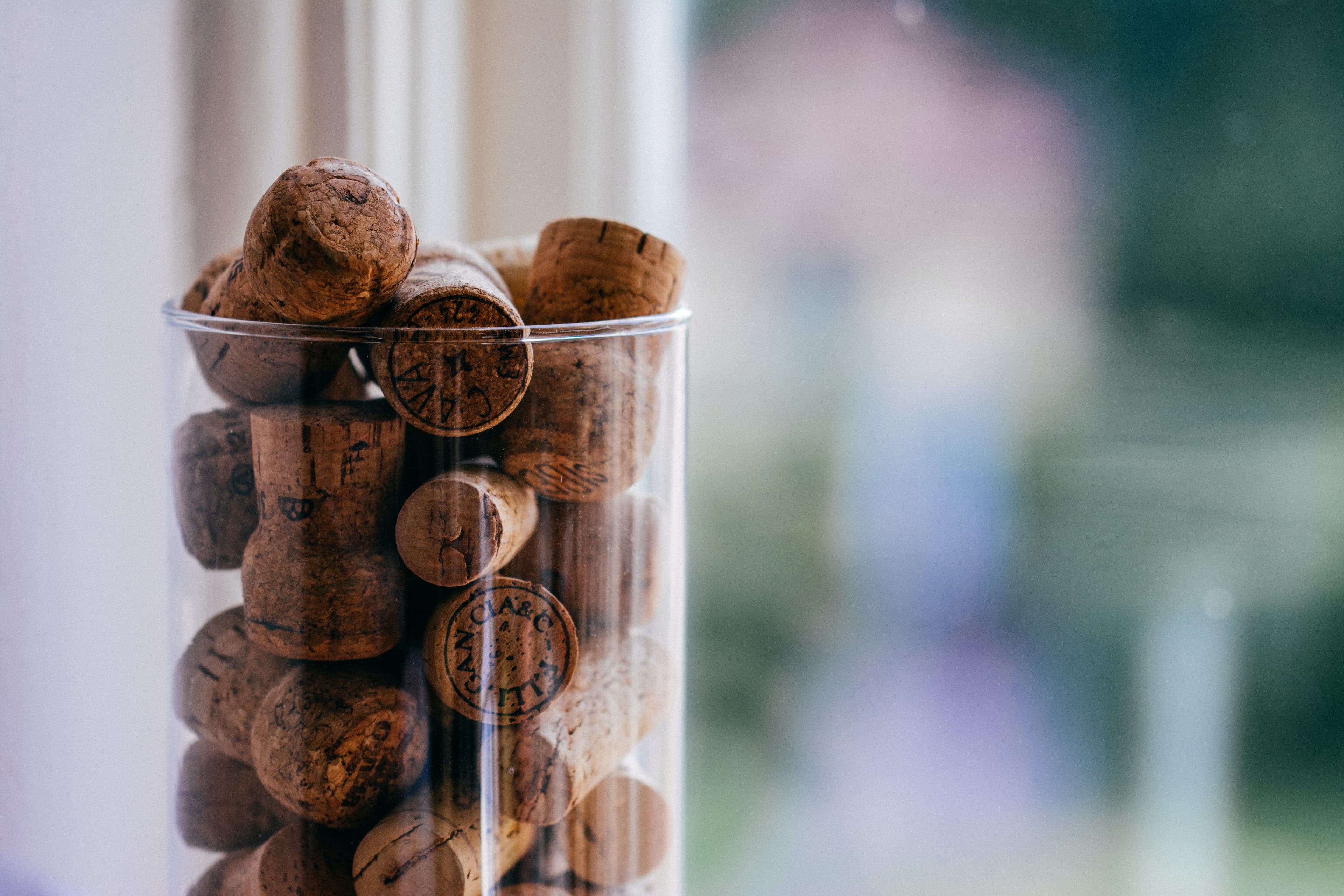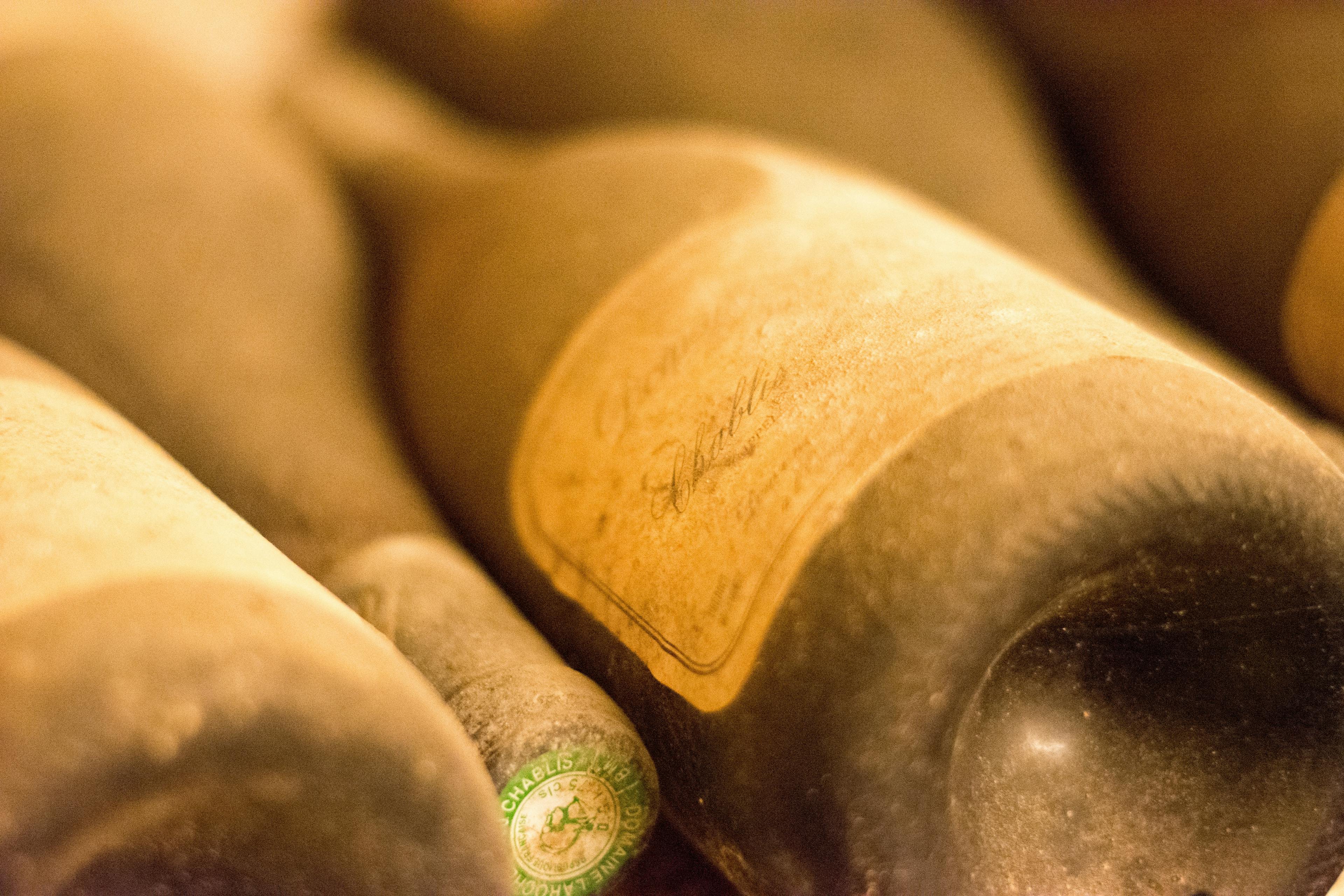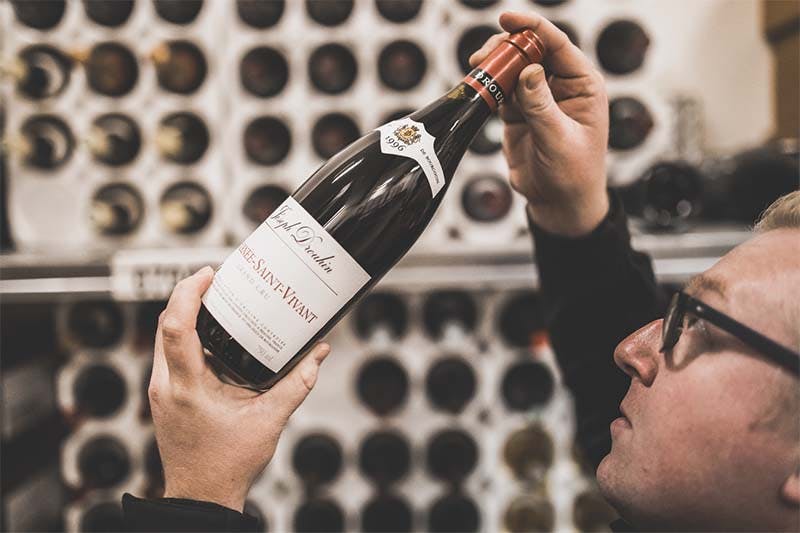The Craftsmanship Behind Paul Jaboulet Aîné
10 min read
Head of Content

Discover the meticulous craftsmanship behind Paul Jaboulet Aîné, a name synonymous with exceptional Rhône Valley wines. This revered winery has been a cornerstone of quality and tradition in the wine industry since its establishment in 1834. The legacy of Paul Jaboulet Aîné is not just about the quality of their wines, but also about the dedication to preserving the integrity and character of each vineyard. From careful vine management to innovative winemaking techniques, every step in the production process is designed to express the unique terroir of their estates. Join us as we delve into the history, the process, and the passion that makes their wines truly outstanding.
Selection and Harvesting of Grapes
The meticulous selection and harvesting of grapes are crucial steps in the production of Paul Jaboulet Aîné wines. This process begins with the careful monitoring of vineyards to determine the optimal time for harvest. Factors such as sugar levels, acidity, and phenolic maturity are assessed to ensure that grapes are picked at their peak.
Climate Considerations: The microclimate of each vineyard plays a significant role in the timing of the harvest. Cooler temperatures might delay ripening, while warmer areas may accelerate it.
Manual Harvesting: To maintain the integrity of each grape, manual harvesting is preferred. This labor-intensive method allows for selective picking, where only the best grapes are chosen.
Grape Sorting: Once harvested, grapes undergo a rigorous sorting process. This step removes underripe or damaged grapes, ensuring that only the highest quality fruit is used.
For those looking to store their Paul Jaboulet Aîné wines, maintaining the integrity of the wine starts right from these initial stages. Proper handling during selection and harvesting lays the foundation for the wine's quality and longevity.
Fermentation Processes Explained
The fermentation processes at Paul Jaboulet Aîné are a testament to their dedication to quality and tradition. This crucial phase in winemaking begins with the selection of yeast, which is vital for converting the grapes' natural sugars into alcohol. Each strain is chosen based on the specific grape variety and the desired wine profile, ensuring a unique character in every bottle.
Temperature control is another pivotal aspect. By carefully managing the heat during fermentation, the winery can preserve the delicate aromas and flavors inherent in the grapes. This precision prevents the wine from losing its fruity nuances and maintains the integrity of its profile.
Moreover, the duration of fermentation at Paul Jaboulet Aîné varies depending on the wine being produced. Red wines typically undergo a longer process to extract deep colors and complex tannins, while whites are fermented for a shorter period to retain their light and fresh characteristics.
For those interested in enjoying the fruits of these meticulous efforts, each bottle reflects the careful attention to detail that defines the winery's approach. Whether it's controlling yeast strains, temperature, or fermentation duration, each step is a piece of the larger puzzle of winemaking excellence.
The Art of Blending Different Vintages
Blending different vintages is a hallmark of the craftsmanship at Paul Jaboulet Aîné, a practice that enhances the complexity and balance of their wines. This technique involves combining wines from various years to create a product that is greater than the sum of its parts. Each vintage brings unique characteristics depending on the year's climate and conditions, making the art of blending both a science and a form of creative expression.
Consistency: By mixing vintages, winemakers can maintain a consistent flavor profile year after year, which is crucial for brand identity.
Complexity: Adding older wines to a blend introduces nuanced flavors and aromas that only mature wines can offer.
Balance: Younger wines provide freshness and acidity, while older ones contribute depth and smoothness, achieving a harmonious final product.
For those interested in the history of this esteemed winery, understanding their blending practices offers insight into their longstanding success and reputation in the wine industry. This method not only showcases their expertise but also their dedication to crafting exceptional wines.
Barrel Aging: Techniques and Timelines
Barrel aging is a crucial process in the production of Paul Jaboulet Aîné wines, significantly influencing their flavor profile and complexity. This method involves storing wine in oak barrels for a period that can range from several months to several years, depending on the desired outcome. The type of oak used, the size of the barrel, and the age of the wood all play pivotal roles in determining the wine's final characteristics.
Type of Oak: French oak is commonly used for its ability to impart subtle flavors and tannins, enhancing the wine’s structure and longevity.
Barrel Size: Smaller barrels tend to increase the interaction between the wine and the wood, infusing the wine with more pronounced oak nuances.
Wood Age: Newer barrels impart more flavors, while older ones are favored for a more gentle influence, allowing the primary fruit flavors to shine through.
Understanding these techniques helps in appreciating the depth and nuances in each bottle, especially when considering food pairings that complement these elegantly aged wines.
Quality Control Measures and Standards
Paul Jaboulet Aîné, a renowned name in the wine industry, adheres to stringent quality control measures to ensure that each bottle maintains the highest standards of excellence. These measures are crucial in preserving the unique characteristics and flavor profile that serve as the hallmark of their wines.
Vineyard Management: The process begins in the vineyards, where meticulous attention to soil health and vine care is paramount. This includes precise pruning, organic practices, and careful monitoring of vine stress to optimize grape quality.
Harvesting Techniques: Grapes are handpicked at optimal ripeness to guarantee a perfect balance of acidity and sweetness. This selective picking ensures that only the best grapes contribute to the final product.
Fermentation Control: Temperature-controlled fermentation allows for the preservation of delicate aromas and flavors. The winery uses state-of-the-art technology to monitor this process closely, adjusting conditions as necessary to achieve the desired outcome.
Aging and Bottling: Wines are aged in carefully selected barrels and tested regularly for quality. Before bottling, each batch undergoes rigorous tasting sessions by expert panels to confirm that it meets the established standards of the label.
Through these dedicated practices, Paul Jaboulet Aîné consistently delivers wines that are not only of superior quality but also embody the rich heritage of the Rhône Valley.
The Role of the Master Winemaker
The master winemaker at Paul Jaboulet Aîné plays a pivotal role in defining the characteristics of their renowned wines. This individual's expertise is crucial in overseeing the vineyard's cultivation practices and the meticulous process of fermentation and aging. Their responsibilities include:
Selection of Grapes: Choosing the right grape varieties and deciding the optimal time for harvest are essential tasks. This ensures that only the best quality fruits are used.
Control of Fermentation: Managing temperature and yeast strains during fermentation affects the flavor profile and stability of the wine.
Aging Process: Deciding how long the wine should age, along with the type of barrels used (oak or stainless steel), significantly influences the final product.
Blending: Before bottling, wines from different barrels may be blended to achieve the desired balance and complexity.
Each of these steps requires a deep understanding of tradition and innovation, ensuring that every bottle of Paul Jaboulet Aîné maintains its distinctive identity and high quality.
Innovations in Winemaking
In the realm of winemaking, Paul Jaboulet Aîné stands out for its innovative approaches that significantly enhance the taste of their wines. This esteemed winery has integrated a variety of modern techniques with traditional methods to ensure each bottle reflects both the rich history of the vineyard and the potential of contemporary practices.
Temperature-Controlled Fermentation: By meticulously managing the temperature during fermentation, Paul Jaboulet Aîné ensures that the yeast performs optimally, preserving delicate aromas and complex flavors in the wine.
Selective Harvesting: The winery employs selective harvesting, which involves picking grapes at their peak maturity. This method guarantees that only the best grapes contribute to the final product, optimizing quality and consistency.
Barrel Aging Innovations: Experimentation with different types of oak and varying periods of aging allows the winery to fine-tune the wine's character, adding subtle nuances that enhance its overall profile.
Sustainable Practices: Embracing sustainability, the vineyard incorporates organic farming techniques which not only protect the environment but also improve the soil's health, influencing the grapes' quality positively.
These advancements demonstrate Paul Jaboulet Aîné's commitment to excellence and their continuous pursuit of creating superior wines.
Maintaining Consistency in Flavor and Quality
Maintaining consistency in flavor and quality is a hallmark of Paul Jaboulet Aîné, a revered name in the wine industry. This renowned winery achieves such high standards through meticulous vineyard management and state-of-the-art winemaking techniques. Each step, from grape selection to bottling, is carefully monitored to ensure that every bottle reflects the brand's prestigious reputation.
Vineyard Practices: The terroir, which includes soil composition and microclimate, is expertly managed to cultivate grapes that provide the desired flavor profiles. Sustainable farming practices are employed to maintain soil health and biodiversity.
Harvesting Techniques: Grapes are harvested at optimal ripeness, a critical factor that influences the acidity, sweetness, and flavor of the wine. Timing of the harvest is crucial and is determined by careful monitoring of the vineyard's conditions.
Fermentation Control: Temperature-controlled fermentation allows for the precise handling of flavors and textures, ensuring consistency across batches.
Aging Process: The aging process in carefully selected barrels develops depth and complexity, allowing the distinct characteristics of each vintage to shine through.
For those interested in exploring some of the most popular vintages, the winery offers a range that showcases the pinnacle of their craftsmanship. Each vintage is a testament to the meticulous care and expertise that define Paul Jaboulet Aîné.
Craftsmanship in Bottle Design and Labeling
The meticulous approach to bottle design and labeling by Paul Jaboulet Aîné reflects their dedication to quality and heritage. Each bottle and label is crafted to convey the rich history and excellence of the wine within. The design elements are not merely aesthetic; they serve as a bridge connecting the wine's storied past with today's discerning consumers.
Material Choice: The selection of high-quality glass and precise bottle shapes ensures that the wine's integrity is maintained, protecting it from external factors like light and temperature.
Label Artistry: Featuring intricate artwork, each label is a piece of art, often depicting historical scenes or landscapes associated with the vineyard. This enhances the visual appeal and supports the brand's luxurious image.
Typography: Elegant and carefully chosen fonts reflect the traditional yet modern approach of the winery, making the labels easily recognizable and readable.
Color Scheme: Colors are selected to resonate with the characteristics of the wine, with darker hues for robust reds and lighter tones for crisp whites.
For more detailed facts, exploring the depth of Paul Jaboulet Aîné’s commitment to craftsmanship in their bottle design and labeling reveals their unique blend of tradition and innovation.
Conclusion
In conclusion, the meticulous craftsmanship behind Paul Jaboulet Aîné exemplifies the dedication and passion that goes into producing some of the world's most revered wines. From the careful selection of terroirs to the precise aging processes, each step is a testament to the legacy and expertise that Paul Jaboulet Aîné brings to the wine industry. This commitment to quality not only enhances the flavor profiles of their wines but also ensures their longevity and appeal in the market.
For connoisseurs and collectors looking to invest in fine wines, understanding the craftsmanship behind labels like Paul Jaboulet Aîné is crucial. At Rekolt, we recognize the importance of such knowledge and offer services that complement the discerning needs of wine enthusiasts. Our professional cellar storage option is designed to preserve the integrity and value of premium wines, providing an ideal environment for aging. By choosing Rekolt, customers can rest assured that their investment is well-protected and can mature under optimal conditions, potentially increasing in value and desirability for future trading and resale opportunities.
Whether you are a seasoned collector or new to the world of fine wines, Rekolt and Paul Jaboulet Aîné offer an unmatched experience that marries tradition with innovation, ensuring every bottle purchased is a worthy addition to any collection.
Share this article
